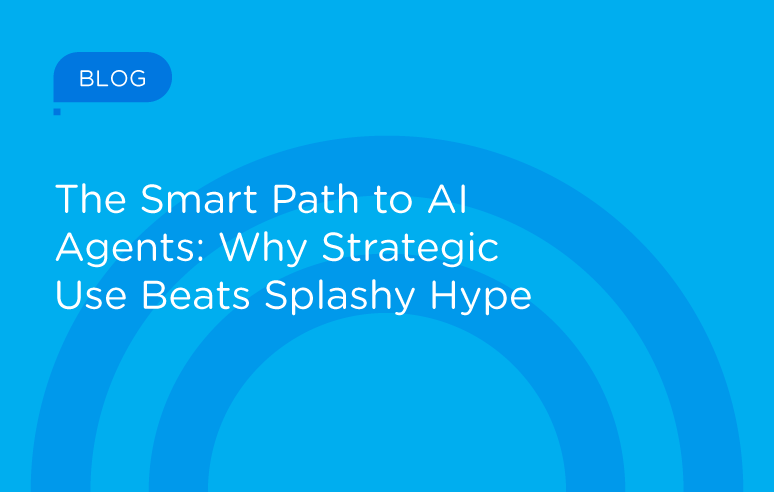The most marvelous customer experiences often feel effortless. Yet behind the scenes, hard, thoughtful work has been done to pull off the magic.
Take Disney parks, for example. They are famous for invisible touches that deepen immersion, such as their “Smellitizer” scents piped in on Main Street and on rides like Soarin’ Over California and Soarin’ Over the World. Or consider how the parks cleverly hide rides underground and behind facades, even transforming methods for getting to the main ride into entertainment, like the drops in Pirates of the Caribbean and the spooky stretching elevator in the Haunted Mansion.
In the real world, customer service may not seem to provide many opportunities for magic. After all, no one wants to call a customer service line the way they want to visit Disneyland. But in our busy lives, what sounds more enchanting than quickly and painlessly resolving an issue so that you can move on with your day?
The key to providing stellar customer interactions is some behind-the-scenes magic: human assistance for AI. Typically, we see those words in the opposite order. After all, isn’t AI supposed to assist humans? Yes, but AI still has limitations – and humans can help AI surpass those limitations to provide a smoother experience for customers.
Let’s take a look at two common situations where humans can assist Intelligent Virtual Assistants (IVA) in a manner that is seamless for customers.
1: Call Quality Issues
Even with state-of-the-art Automated Speech Recognition (ASR) and Natural Language Processing (NLP), sometimes virtual assistants have trouble understanding a caller. There might be background noise. The caller may have a thick accent or mumble. Or they may pose their request in an uncommon way. In these instances, callers are often asked to repeatedly state their request again, leading to frustration. They may also be transferred to a queue for a live agent — an outcome that neither the caller or the business desires.
2: A More Complex Ask
Today, most virtual assistants can answer simple Tier 1 requests, such as an order status, payment submission, or shipment ETA. Chat assistants can do the same, while routing the customer to self-service information. More complex requests, such as requesting a product refund or inquiring about a specific bill charge, may extend beyond the decision-making capabilities or data access of the virtual assistant. In most cases, this means the call must be elevated to a live agent.
3: Bringing Humans into the Loop
In these instances, what the AI needs is some human help. At Interactions, we’ve created a nuanced method to flip the traditional agent assist paradigm, so that humans assist AI instead of the other way round. And this assistance — like the hundreds of custodians, painters, gardeners, decorators, mechanics, and technicians who keep Disneyland perfectly magical by working through the night after it closes — happens in the background so that customers experience a seamless interaction.
When faced with a task the Interactions IVA cannot complete on its own, Task Orchestration enables the IVA to maintain control of a conversation (whether on a call or in a chat) while a task is routed to a contact center agent.
The task contains explicit instructions on what the agent must do to assist the IVA with moving the customer journey forward. For example, tasks may include making a business decision the IVA isn’t permitted to handle, accessing data not available to the IVA, or analyzing provided data with their own trained insight. Once the agent completes the task, the IVA can continue the customer interaction.
This “agent on demand” approach helps calls resolve quickly, increases automation levels, decreases live agent calls, and provides a less frustrating experience for customers with no unnecessary agent queues or repeating information as their request is elevated.
It also provides businesses with more flexibility in staffing. Agents do not need the communication skills of a live agent; no memorization of call or chat scripts is required. Task access can be customized to the exact skill of the agent, with step-by-step instructions and a limited set of permitted actions, allowing for quick onboarding. Tasks can even be presented in any language, not just that of the customer, so that you can make use of global agents.
To learn more about how you can ingest your customer interactions with behind-the-scenes magic that ensures a smoother experience, check out our ebook, The Best of Both Worlds: Optimize Your Contact Center by Blending Human and AI Capabilities.




